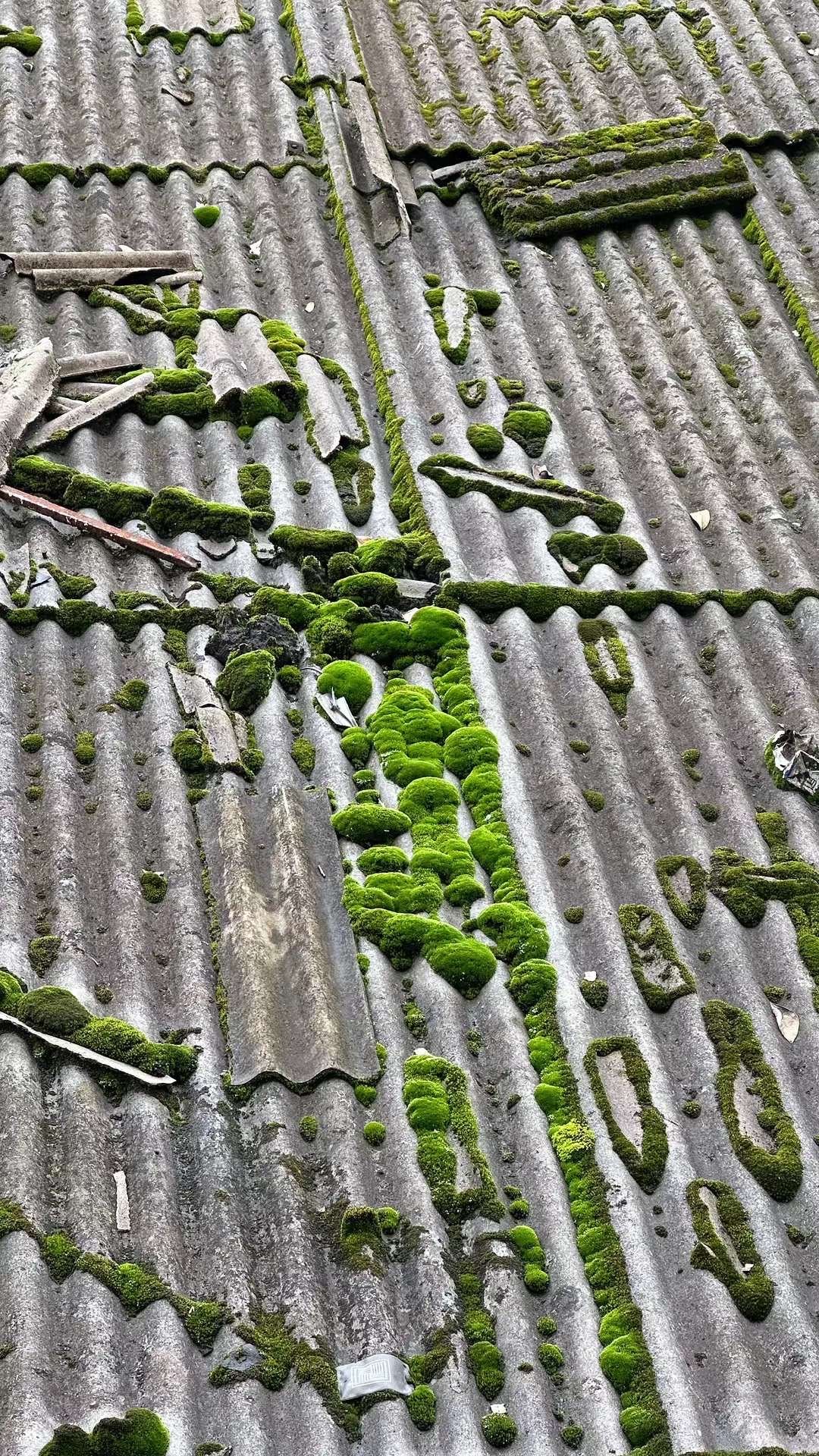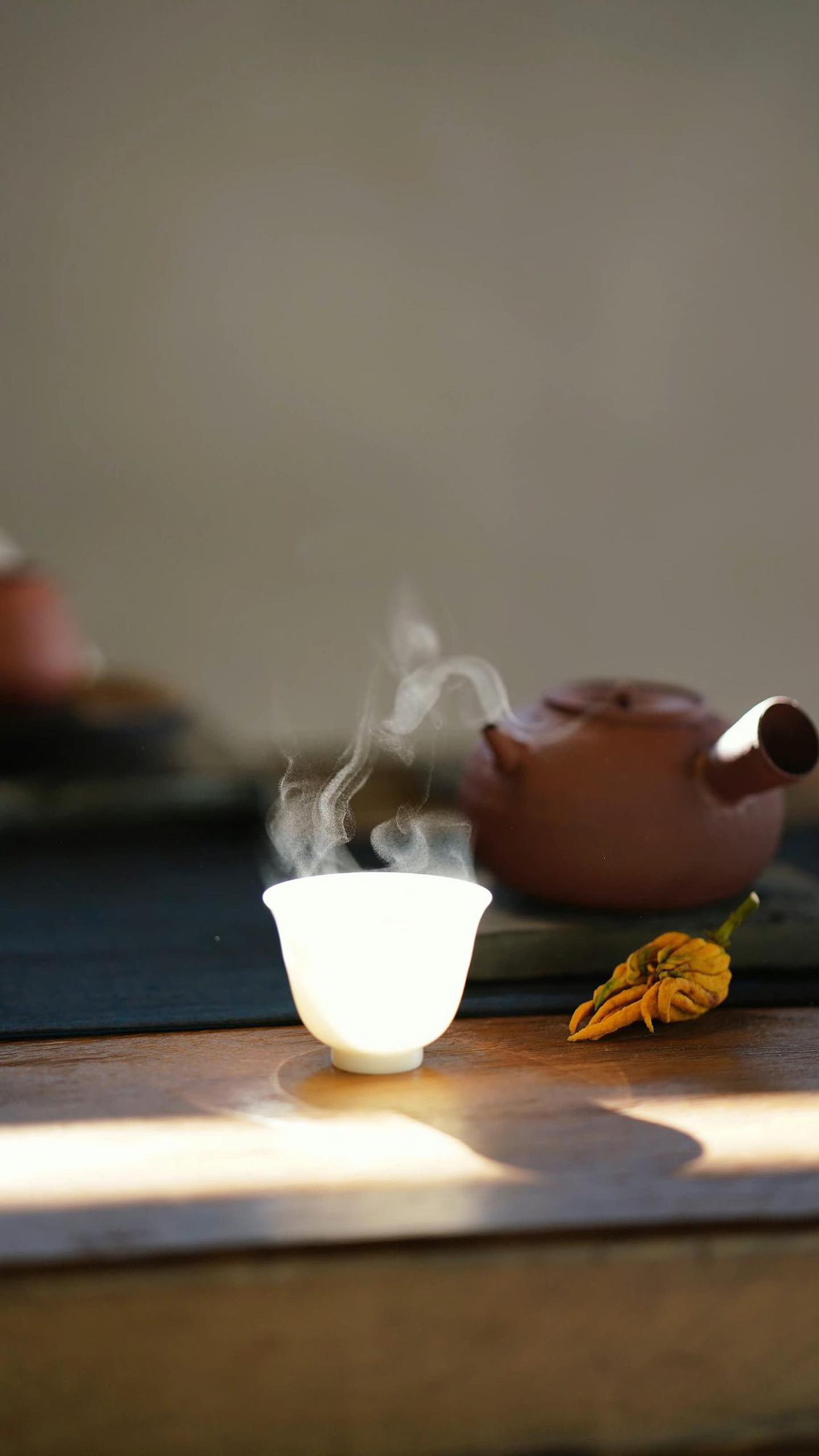The moment I discovered YiZhi's work, I was moved by its distinct style, delicate beauty, and perfect imperfection. It happened during the autumn of 2022 when I had embarked on a quest to seek out fresh talents and unique artists for potential collaborations, particularly to complement the vision of my upcoming gallery. As I curated this collection for what would become the first solo exhibition and release, I was searching - completely independent of the exhibition - for a new name for my undertaking, which finally resulted in UNEARTHED. Looking back, I can't help but wonder if this choice was the result of an unconscious connection.
YiZhi's works evoke a multitude of associations for me. The frayed and perforated rims stir up memories of long-forgotten, slowly corroding metal sheets. The shapes and profiles of the pieces bear resemblance to various figurines, some reminiscent of ghosts, while others evoke images of warriors. As these pieces are displayed in the gallery, a subtle vibe similar to the excavation site of the two-millennia-old terracotta army, buried alongside the first Qing emperor, emerges.
Yet, despite these historical associations, YiZhi's teapots are as joyful to use as any well-crafted modern teaware.
YiZhi's work goes beyond just the final results; it celebrates the entire creative process, evident in the unique marks his teapots bear from their making, including visible traces of both successes and failures.
Hailing from Jingdezhen, a renowned hub of the Chinese arts and crafts scene, YiZhi's artistry takes a fascinating twist as he draws strong inspiration from Japanese aesthetics. To me, his non-porcelain creations represent a harmonious blend of two distinct tea cultures that I have personally cherished and admired for many years.
Wild clay in Jingdezhen
Despite living in the world’s porcelain capital, which offers many classical styles, YiZhi is following his own unique path. Applying the delicateness of porcelain throwing to wild clay, he creates uniquely sculptured vessels. The range of textures, colors and shapes all reveal aspects of YiZhi’s unique approach to working with clay.
YiZhi 一之, short BIO:
2014: graduated from Jingdezhen Academy of Arts and Crafts, major ceramic art design
2015: studied Jingdezhen’s traditional throwing technique
2016: Learning professional bonsai planting techniques
Since 2017: makes ceramic tea utensils
YiZhi 一之
ObservING the traces of time
“In the process of throwing, I was and am strongly attracted by those vessels, whose natural texture is similar to dead wood. It reminds me of the traces of time, patterns left on natural matter by years and years.
I use Jingdezhen’s traditional throwing technique, and when expanding the vessel from inside there is only one chance to form the shape. This process is irreversible, but I really enjoy this kind of challenge and strong uncertainty. The making and throwing of each piece is a dialogue with my heart, which makes me respect the state of things and accept their imperfections.”
(translated freely from the original Chinese text by YiZhi 一之)
YiZhi likes to observe nature, and believes that carefully observing and feeling the changes of nature is the basis of life. Before throwing teaware, he also studied and learned the professional technique of bonsai planting, which brought a lot of inspiration to his ceramic creation. This inspired and shaped his delicate perception of beauty. Observing the appearance of things, you can feel the inconsistency of time, the years of beauty. Despite patchiness and dull colors, this beauty cannot be stopped from striking us.
(inspired by a Chinese text by YiZhi 一之)
Wood-firing
YiZhi firmly beliefs that to convey simple and essential beauty, the wood-firing process is the perfect complement to his unique shapes. Consequently, he has dedicated the past few years to mastering this technique, despite encountering numerous failures along the way. Yet, these setbacks have only strengthened his determination to achieve the desired effects.
Through wood-firing, the surfaces of his tea utensils are adorned with a dotted and dulled appearance, a result of the firewood and rice husk ashes. It is this unadorned beauty, comforting and reserved, that possesses the remarkable ability to calm and ease the mind.
YiZhi’s wild clay is slightly porous and should only be used with one type/category of tea. We think it harmonises very well with mid-aged and aged Sheng Pu’er as well as Wuyi Yancha and other medium and strong roasted oolongs. All types of Heicha (fermented/dark teas) with rather intact leaves should work well, too. You can try with other teas (on the darker side) as well but for us, those teas perfectly match YiZhi’s aesthetics. Make sure to use at most medium quality teas for the first 2 sessions until the teapot is seasoned and always clean with hot/boiling water only.
All teapots have a single hole filter (similar to vintage Yixing teapots) but work perfectly with semi-intact leafs. Every teapot comes with a signed wooden box. If you have any questions about YiZhi’s work or the upcoming release please feel free to contact us anytime.
Follow YiZhi on Instagram: @yizhi.123
Some more impressions from YiZhi’s Studio. All photos by the artist and Marcel Karcher.



































